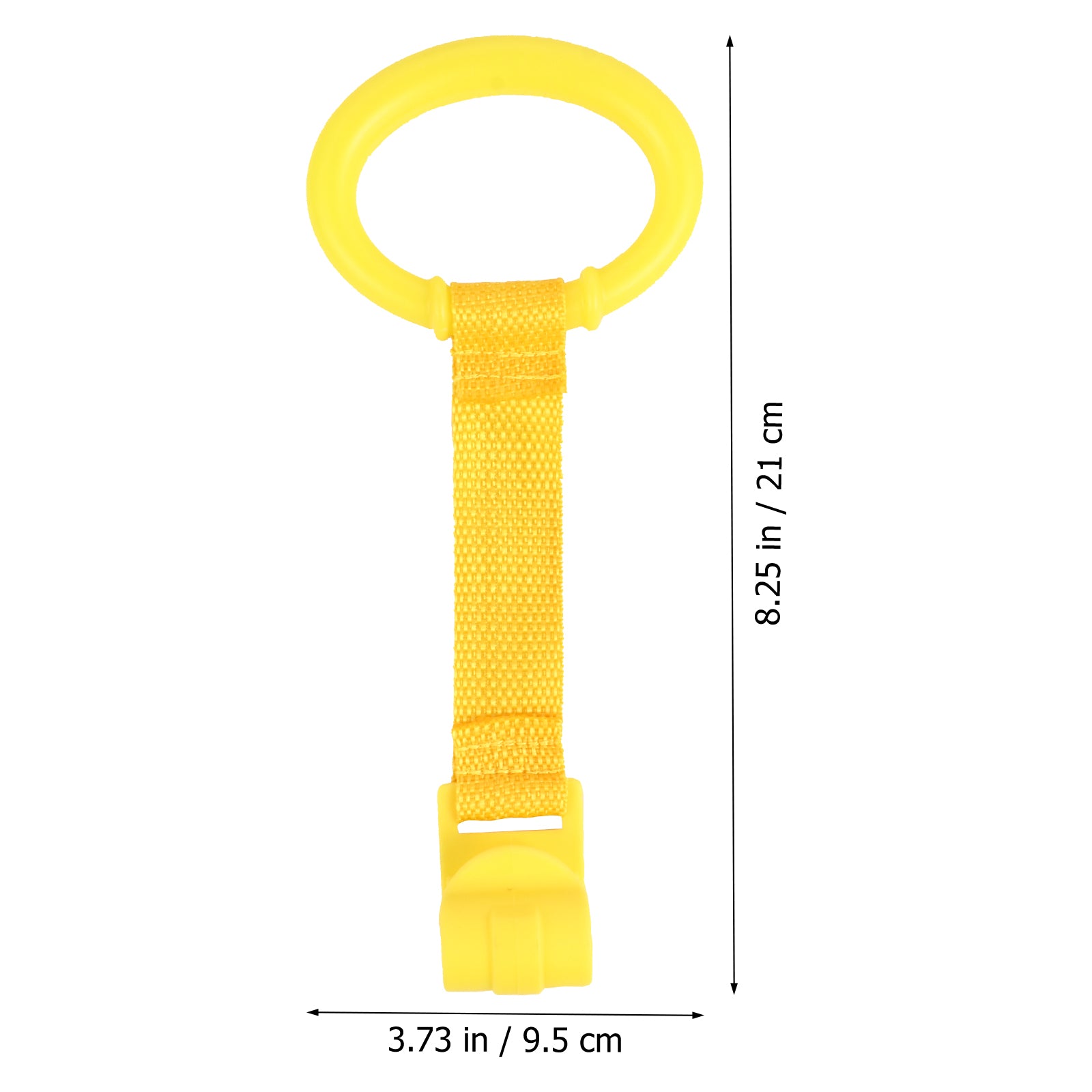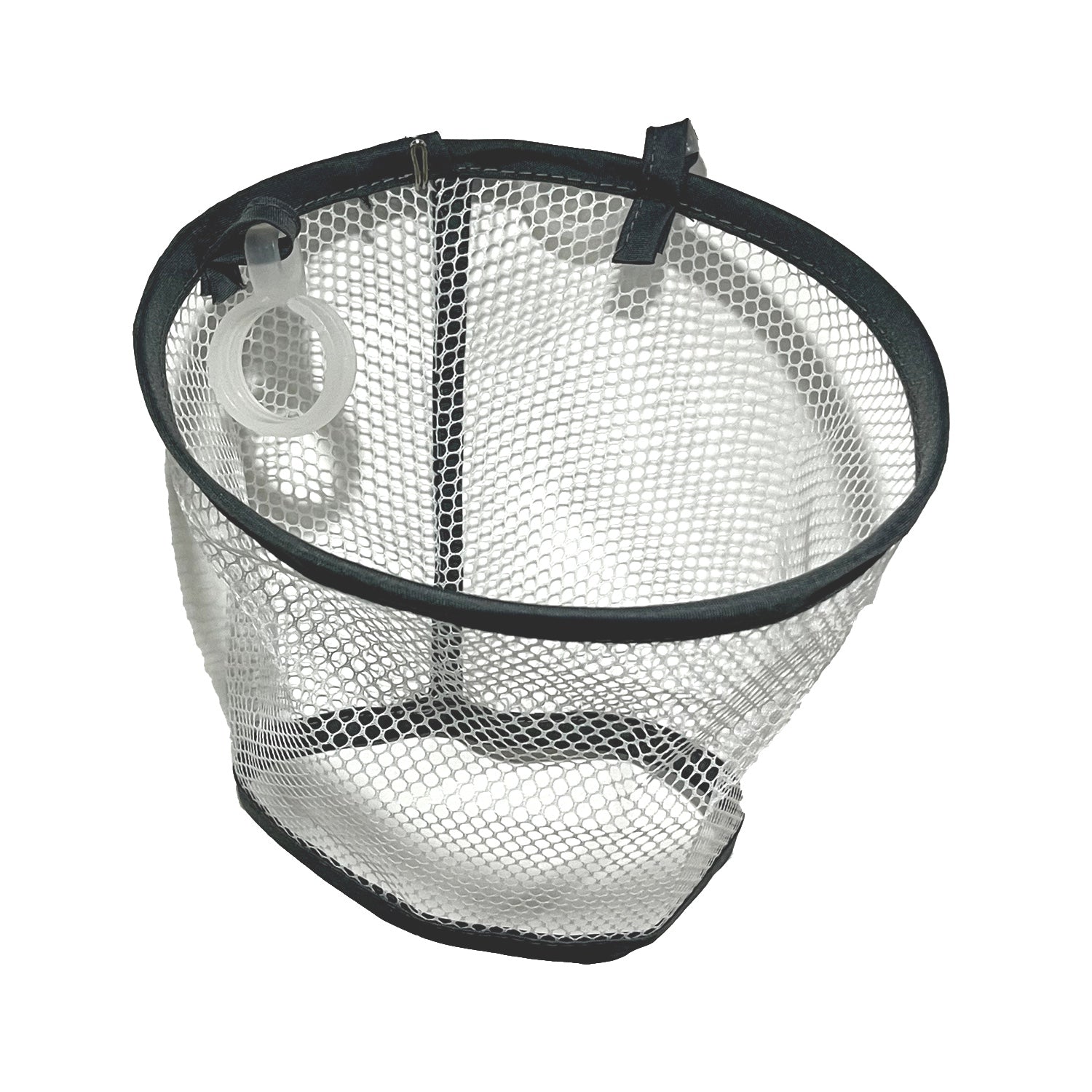Enhancing Infant and Child Traffic Safety: Key Considerations for Parents

Infant and child traffic safety is a critical subject that demands our attention as parents. Ensuring the safety of our little ones, especially during transportation, should be treated as a top priority. In this blog, we will delve into some key considerations for parents to enhance infant and child traffic safety, supported by examples and relevant data.
1. Choosing the right car seat:
Selecting the appropriate car seat is essential for safeguarding your child during travel. According to statistics provided by the National Highway Traffic Safety Administration (NHTSA), car seats can reduce the risk of fatal injuries by up to 71% for infants and 54% for toddlers. It is crucial to follow manufacturer guidelines and ensure proper installation to optimize the efficiency of the car seat.
Example: Mary, a diligent parent, invested time in researching and consulting experts to select a suitable car seat for her infant daughter. Thanks to her careful choice, her child remained unharmed in a minor car accident, while other children without proper seating were injured.
2. Seat positioning :
Positioning your child's car seat correctly can significantly impact their safety. It is recommended to place rear-facing car seats in the back seat, away from active airbags, as infants are particularly vulnerable to airbag-related injuries. Once they outgrow the rear-facing seat, transition to a forward-facing seat until they reach the required age and size for a booster seat.
Data: According to the American Academy of Pediatrics (AAP), rear-facing car seats reduce the risk of injury by 75% for children up to the age of two. Furthermore, children secured in a forward-facing car seat have a 28% lower risk of injuries compared to those in a booster seat.
3. Ensuring proper restraint usage:
Consistently using appropriate restraints is vital for child safety. The NHTSA reports that around 46% of child fatalities in car accidents occur due to unrestrained or improperly restrained passengers. Parents must ensure that seat belts, harnesses, or chest clips are correctly secured and adjusted according to the child's height and weight.
Example: John, a busy father, often disregarded proper restraint usage due to time constraints. One unfortunate day, his child sustained severe injuries in a minor collision simply because the restraint system was not correctly fastened.
4. Teaching pedestrian safety:
While traffic safety often focuses on vehicles, teaching basic pedestrian safety practices to infants and toddlers is equally crucial. Encourage your child to hold hands, cross at designated areas, and look both ways before crossing the road. Instilling these habits from an early age creates a foundation for safer pedestrian behavior as they grow up.
Data: According to a study published in the Journal of Pediatric Psychology, proper pedestrian training reduced the risk of pedestrian injuries among children aged 2-5 by 44%.
Conclusion:
Child traffic safety necessitates a holistic approach that combines careful seat selection, appropriate seat positioning, consistent restraint usage, and instilling pedestrian safety habits. By prioritizing these considerations, we can significantly reduce the risk of injuries and ensure our infants and children travel safely. Remember, each small step towards enhancing traffic safety for our little ones counts!


























































































































































































































Leave a comment